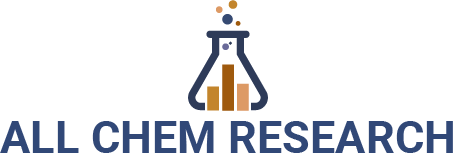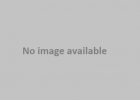Thailand is currently in the news for becoming the first Asian country to introduce plain packaging for tobacco products. Reportedly, the developmental move by Thailand towards adoption of stronger control measures for tobacco products has been praised by the World Health Organization (WHO).
Apparently, the Thai government’s latest legislation on plain packaging of tobacco products is adding to the Tobacco Control Act 2017 that has legalized 20 years as the minimum age in case of tobacco purchase. The 2017 Act also enforces ban of single stick sale and tobacco advertisement and sponsorship.

If sources are to be believed, tobacco products’ plain packaging involves restriction on use of colors, logos, promotional information or brand images on product packages other than product or brand names displayed in a standard font style and color. The sources also revealed that the plain packaging is intended for the protection of the current and future generations against the unfavorable impact of tobacco consumption on health.
Dr. Poonam Khetrapal Singh, Regional Director of WHO Southeast Asia, was quoted stating that the bold steps taken by Thailand against tobacco – which is the most significant cause of preventable deaths – are commendable and they reflect the country’s endeavor in promoting people’s health.
As per the new regulation introduced in Thailand, there will be plain packaging of all tobacco products by September 2019. Thailand presently has graphic health cautionaries on about 85% of tobacco packaging. The introduction of plain packaging is further likely to stimulate the country’s efforts in controlling tobacco usage by targeting the current and new customers.
For the record, Thailand’s economic loss resulting from tobacco consumption in 2009 was estimated at 0.78 % of GDP (Gross Domestic Product) or 75 billion Thai Baht.
According to a report, Australia was the first country worldwide to mandate the plain packaging system for tobacco products in 2012. The major move has also inspired countries including the UK, Ireland, France, Uruguay, Mauritius, Hungary and several more to introduce the standardized packaging methods.


